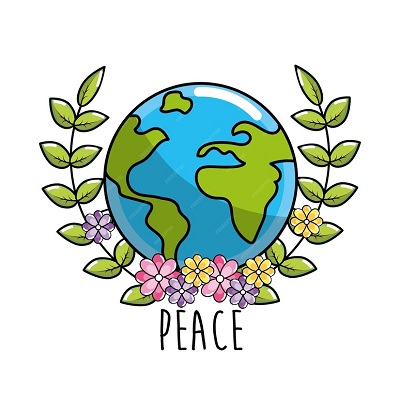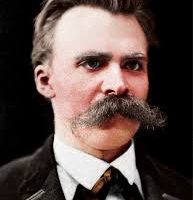
As we witness ongoing wars in Europe, the Middle East, and beyond, alongside the looming threat of new conflicts, one might wonder: what has happened to the international peace movement? Where are the global institutions meant to prevent and resolve wars? What has become of the United Nations and other peacekeeping bodies? Where are the influential voices that once guided us toward peace in a world that, despite its rhetoric of love, seems addicted to conflict? What of the conventions designed to prevent wars and foster a culture of global peace?
In 1999, the United Nations adopted a significant resolution aimed at promoting a culture of peace worldwide. The “Declaration and Program of Action on a Culture of Peace” was established after ten months of negotiations in preparation for the International Year for the Culture of Peace. According to the UN, a culture of peace consists of values, attitudes, behaviors, and lifestyles that reject violence, addressing the root causes of conflict through dialogue and negotiation among individuals, groups, and nations.
Reflecting on today’s realities, it is evident that many institutions have failed to uphold the ideals of this resolution. The UN has notably struggled to fulfill its mandate, often silent in the face of escalating international threats and active conflicts. The organization seems increasingly sidelined in discussions about world peace and conflict resolution. The initial efforts to create a culture of peace—focusing on national ownership and addressing root causes—appear forgotten. Achieving a culture of peace requires global citizens to understand these problems, develop conflict resolution skills, and strive for justice.
The international order is visibly descending into chaos. Discussions of a potential world war loom unless current conflicts are swiftly resolved. Nations are rising against one another, and the voices of peace are growing faint. Today, we are inundated with reports of wars, while many watch in dismay from the comfort of their homes, witnessing the devastation inflicted on innocent people.
Consider the Vietnam War and the powerful international peace movement it sparked, ultimately leading to the war’s end. War does not cease through more war; it concludes through the pressure of peace. If we allow wars to continue, they will never stop. Remember the slogan from that era: “Make Love, Not War”? Anti-war marches challenged the status quo, supported by civilian institutions like labor unions and student groups.
Today’s global conflicts are not just more destructive; they have the potential to spiral uncontrollably, affecting communities worldwide. The Vietnam War now seems like a child’s game in comparison. Yet, it ignited a global peace movement that turned millions against the dysfunctional global systems that precipitated war. It was a peaceful revolution on a massive scale.
Vietnam also gave rise to significant anti-war movements—social movements that oppose armed conflicts, whether specific wars or all wars. These movements, through protests and advocacy, played a crucial role in shaping public opinion against war.
The ongoing dysfunction of international systems and public institutions has not only weakened the global culture of peace but has also disrupted continuity in peace movements. Each generation must start anew to tackle these challenges. A culture of peace requires continuity, sustainability, and growth over time. It cannot merely address specific threats and vanish once those threats are neutralized.
Creating a culture of peace demands consistent effort and institutional support. We must build national, regional, and global structures dedicated to peace. Education is critical in this endeavor, particularly through integrating peace education into school curricula in conflict-prone areas. Such education fosters awareness of peace as essential for stable and prosperous communities. Key elements of a culture of peace include tolerance, disarmament, sustainable development, democratic participation, gender equality, freedom of expression, and respect for human rights.
The challenge is not a lack of knowledge about how to cultivate a global culture of peace; countless resources exist. The real issue lies in humanity’s tendency to forget past mistakes in maintaining this culture. The cost of fostering peace is far lower than the price of war. Sadly, lessons are often learned only after wars have wreaked havoc on the very foundations of peace.
Currently, we are witnessing a significant geopolitical shift. Historically, Africa was perceived as the primary source of instability and conflict, a narrative reinforced by neocolonialism. However, Africa is now relatively stable, with no major wars occurring, despite pockets of instability requiring intervention from African peacekeeping institutions.
Conversely, the old paradigm depicting the West as inherently democratic and immune to war is now being challenged. The most dangerous conflicts are currently unfolding in Europe and the Middle East, where both world wars originated.
Regrettably, the need to cultivate a culture of peace in Europe has shifted from lukewarm support to outright neglect. It is increasingly clear that the world urgently needs peace, and a global peace movement may be the most pressing action to prevent potential conflicts and resolve existing ones. International cooperation is vital in establishing a sustainable culture of peace. Building the foundations for peace is a protracted process that must begin today, not tomorrow.
BY MULGETA GUDETA
THE ETHIOPIAN HERALD SUNDAY EDITION 22 JUNE 2025




